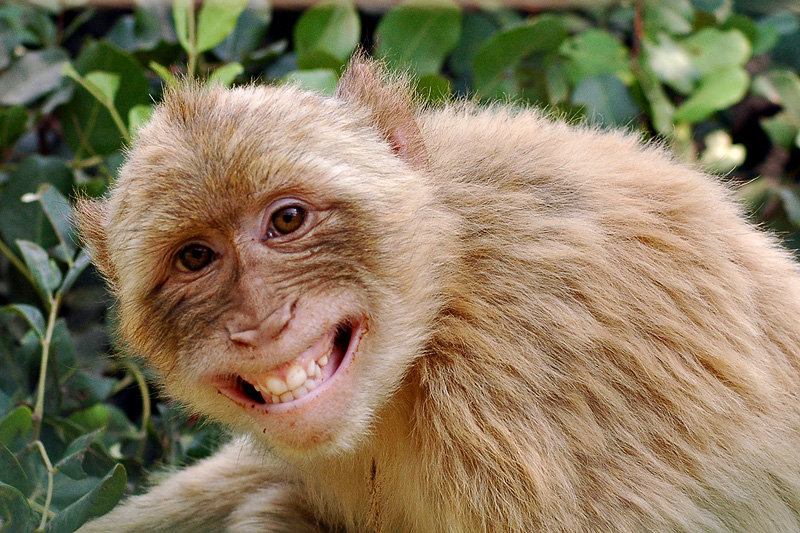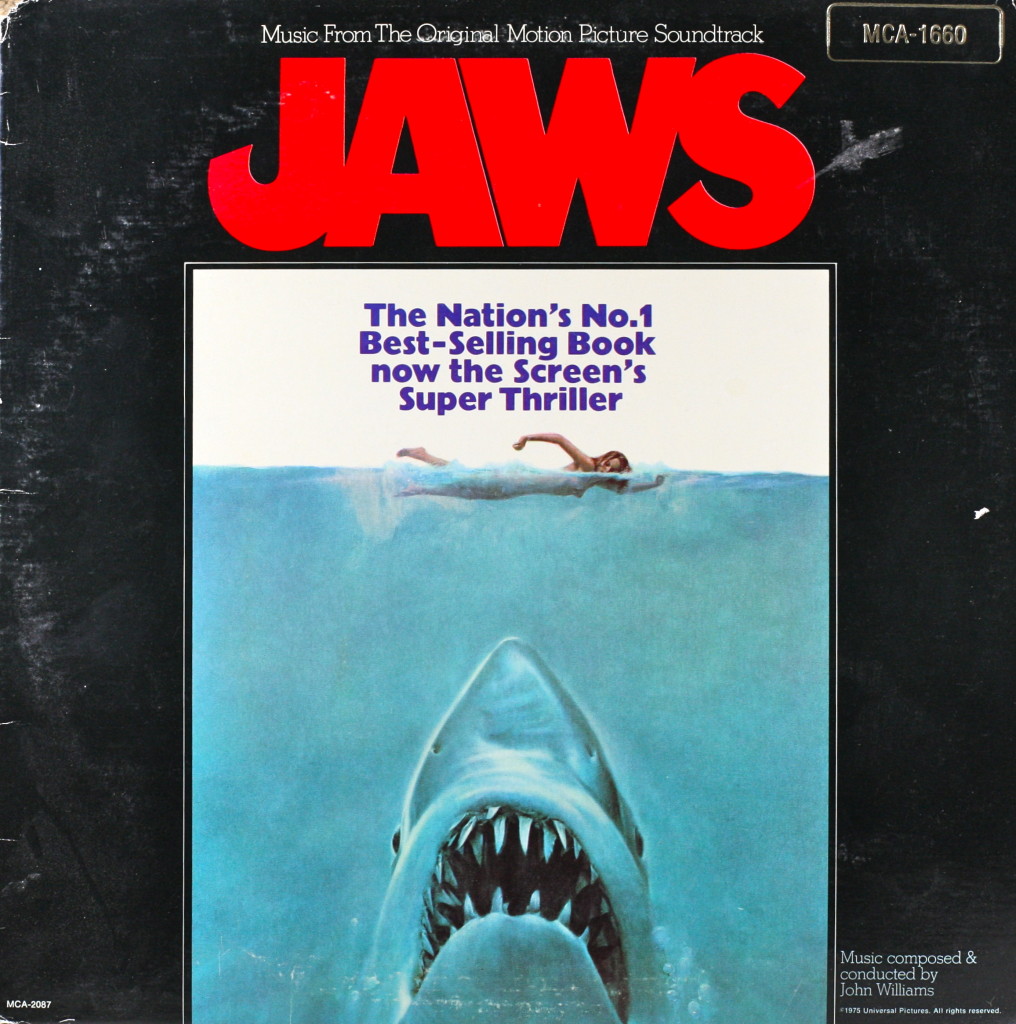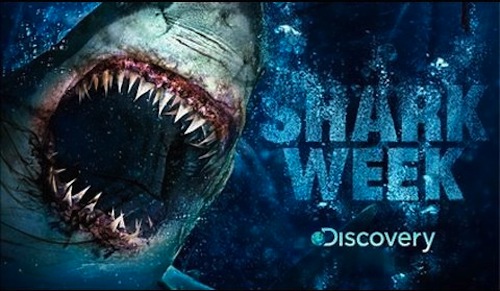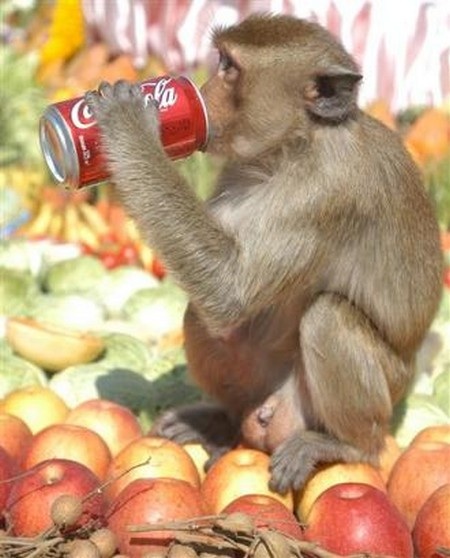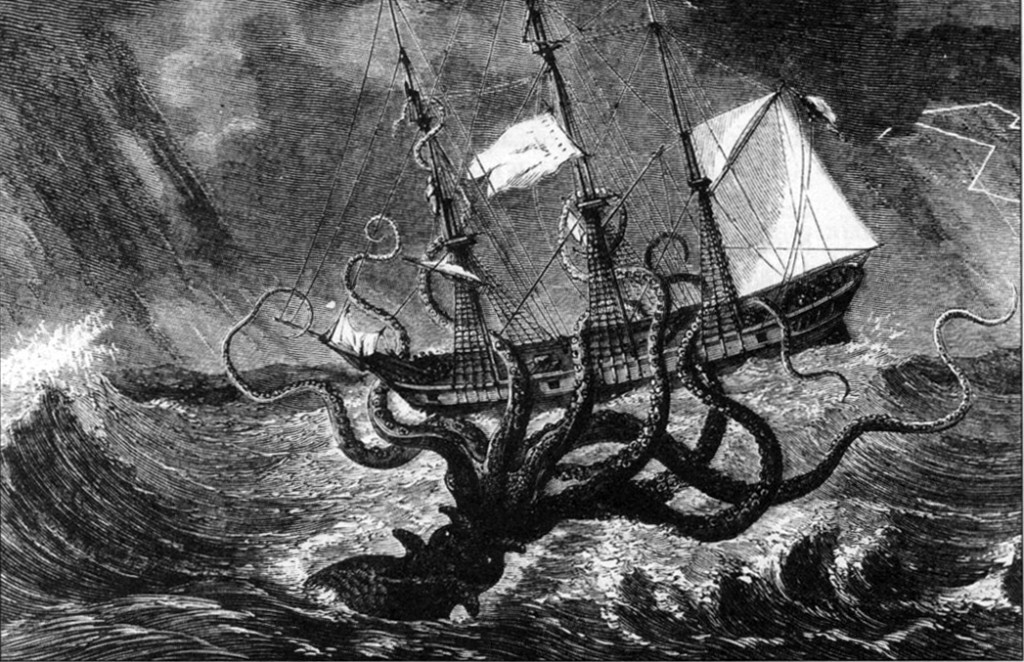History Schmistory: August 19. To go where no man would dare go before…
Monday, August 19, 2024
1960 – Sputnik Program: Sputnik 5  – the Soviet Union launches a satellite with 2 dogs, 40 mice, 2 rats and a variety of plants. The first animals to be launched into orbit and return safely. Not to take anything away from the first animals ever in space, fruit flies. Seriously. They did so well we sent them back a few years ago. Poor little guys…
-We should give a shout to Laika, the original space dog, who unfortunately didn’t make it back. RIP widdle buddy!
Monkeys vs Apes…
Monday, August 5, 2024
As the world goes Ape-y for the new Planet of the Apes movie, it is important to know why we call them apes and not monkeys. One easy distinction is that almost all species of monkey have tails while apes do not. Also, though many apes enjoy swinging through the trees like Tarzan, they actually live on the ground, whereas monkeys are arboreal (tree dwellers) and spend most of their time jumping through the tree-tops, more like squirrels.
Ludicrous Latin: Eamus navis maiore indigeret
Wednesday, July 31, 2024
“We’re going to need a bigger boat”
Speaking of sharks, anybody else excited about today?
History Schmistory: February 18. Moooovin’ on up.
Saturday, February 18, 2023
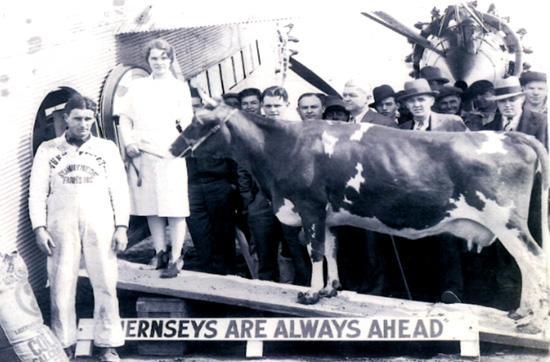 1930: Elm Farm Ollie, aka “Nellie Jay” becomes the first cow to fly in a fixed-wing aircraft, promoting the International Air Exposition in St. Louis, Missouri.
1930: Elm Farm Ollie, aka “Nellie Jay” becomes the first cow to fly in a fixed-wing aircraft, promoting the International Air Exposition in St. Louis, Missouri.
Ollie was also the first cow to be milked in an aircraft, producing 24 quarts of milk which were parachuted in cartons down to eager spectators.
Unfortunately, the air-milk industry failed to thrive.
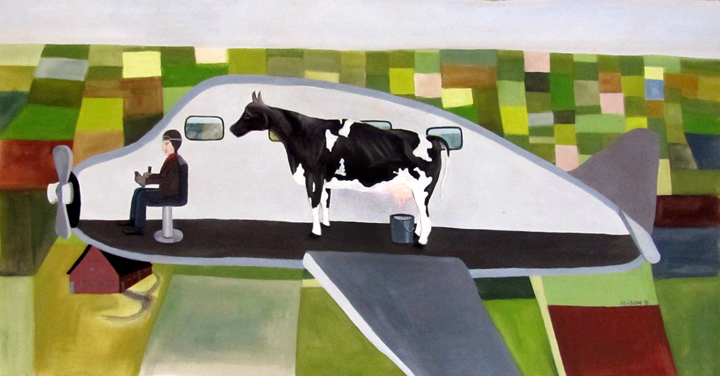
GO THERE! More monkey business…
Thursday, November 3, 2022
November 27th is the date for this year’s Monkey Buffet Festival  in Lopburi, Thailand, a Hindu festival where hundreds of free roaming long-tailed macaques are set loose on a mountainous smorgasbord of delectables. The offering symbolizes an ancient story from the Ramayana in which the hero, Rama, offers a gift of land, the very land on which Lopburi sits, to his friend Hanuman, the Monkey King. Perfect excuse to monkey around for a day.
Cryptozoology Break! Ahool.
Friday, October 21, 2022
Deep in the rainforest of Java, Indonesia, lurks a creature called the Ahool, first described in 1925, by Dr. Ernest Bartels, as a bat-like primate with claws, red eyes, grey fur, a 10 ft wingspan and a distinctive call; “AhOOOoool!” The Ahool is a beast that apparently prefers fish but would gladly devour some human flesh, as it was reported to have done in Zambia in 1956 to a poor, unsuspecting engineer who barely made it out alive. Stay out of the rainforest folks!
Cryptozoology Break! The Kraken
Sunday, October 9, 2022
Once the most feared creature in the Nordic Seas, the Kraken was often described by bewildered fisherman as a disproportionately large squid, or octopus, or other ferocious tentacled sea monster. The stories were usually scoffed by landlovers until the Kraken was popularized by French science fiction author, Jules Verne, in his classic novel, Twenty Thousand Leagues Under the Sea. Eventually, in the late 19th century, the not quite so giant, giant squid were being discovered washed up on the shore, some at 40+ feet in length, confirming at least in part the nautical horror stories of the past. The giant squid remains an incredibly elusive creature, having only recently been documented alive, but the tall tales of the Kraken, a gargantuan ship-swallowing sea monster, have gradually been adapted into medium tales of a pretty darn big squid who dukes it out with whales.
Are You For Real?
Friday, September 30, 2022
Known as South America’s most adorable and most endangered primate, the Cotton-Top Tamarin is a monkey that must be seen to be believed. And even then you’re pushing it.
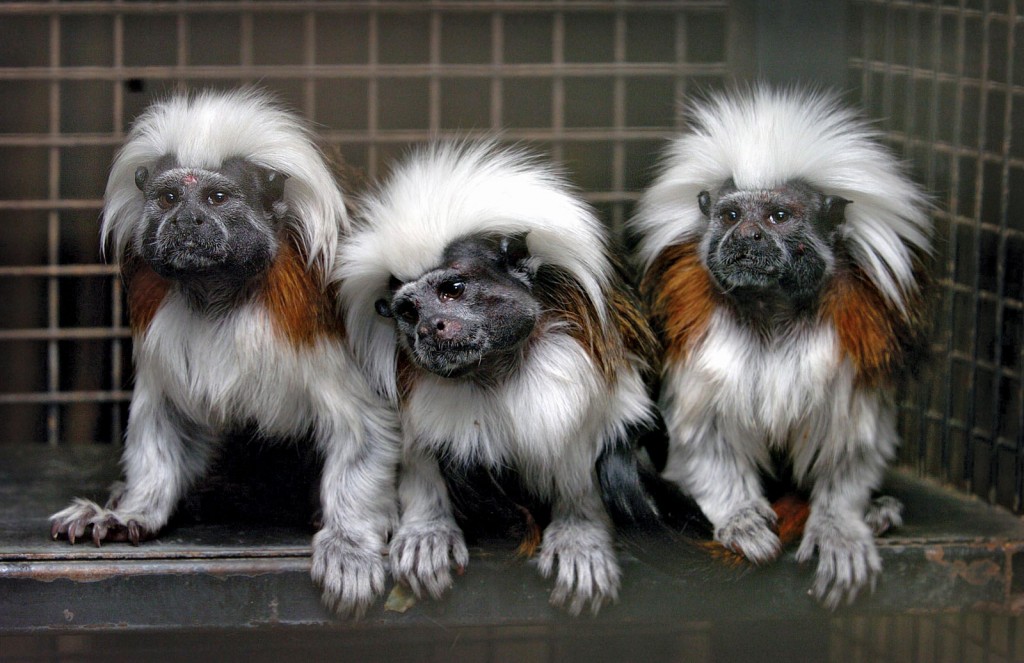
Cryptozoology Break! The Bunyip
Tuesday, September 27, 2022
Australia’s native Aborigines have plenty of tales involving a ferocious freshwater creature called the Bunyip, who comes out of the water at nightfall to hunt for their children. Descriptions vary greatly, from dog-faced to reptilian to starfish shaped. Since “Bunyip” actually translates to “evil spirit”, shape-shifting is probably not out of the question. But, it is more likely the Aborigines could never accurately describe it because they were busy running for their lives in the other direction. A solid survival technique in this case.
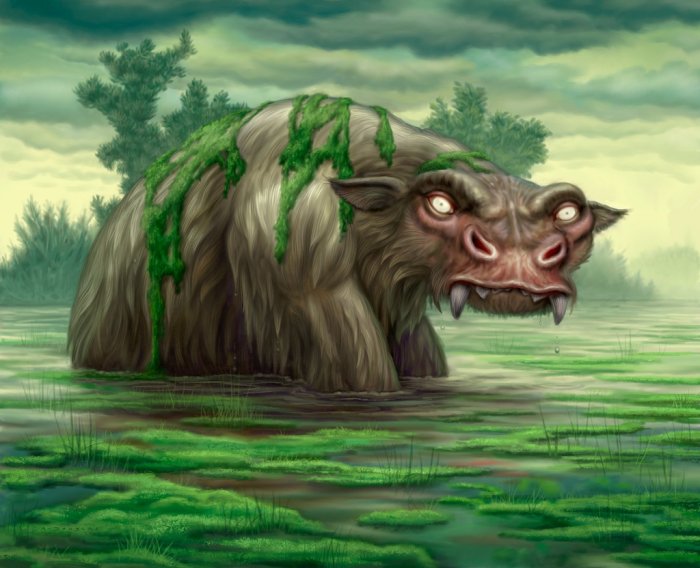
Art by Allen Douglas
Cryptozoology Break! Kongamato
Thursday, September 22, 2022
In the Jiundu swamps of western Zambia, a legendary pterodactyl-like creature known as Kongamato (“overwhelmer of boats”) had been terrifying the natives for generations. This elusive creature was known to capsize boats and deliberately pursue and destroy any poor soul who laid eyes on it. A few early 20th century explorers reported seeing and often being attacked by these crazy ugly flying monsters. Similar sightings were reported from as far away as Mount Kilimanjaro. Today, the real truth about the Kongamato remains a mystery…
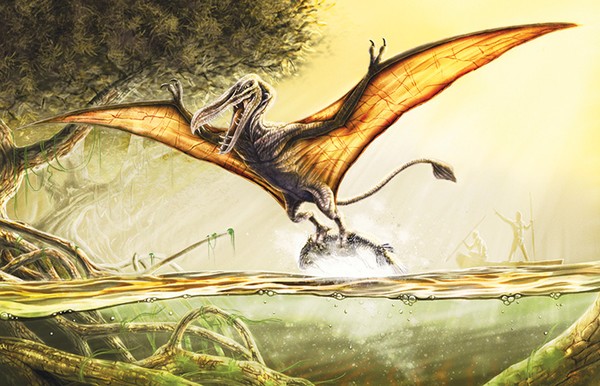
You say Kongamayto, I say Kongamahto, let’s get the heck outta here!

![By Jack Dykinga, U.S. Department of Agriculture [Public domain], via Wikimedia Commons](http://www.teammarcopolo.com/blog/wp-content/uploads/2014/08/800px-Female_Mexican_fruit_fly_insect.jpg)
![Laika Monument By Laika ac from USA (Laika) [CC BY-SA 2.0 (http://creativecommons.org/licenses/by-sa/2.0)], via Wikimedia Commons](http://www.teammarcopolo.com/blog/wp-content/uploads/2014/08/Laika_ac_Laika_6982605741.jpg)
